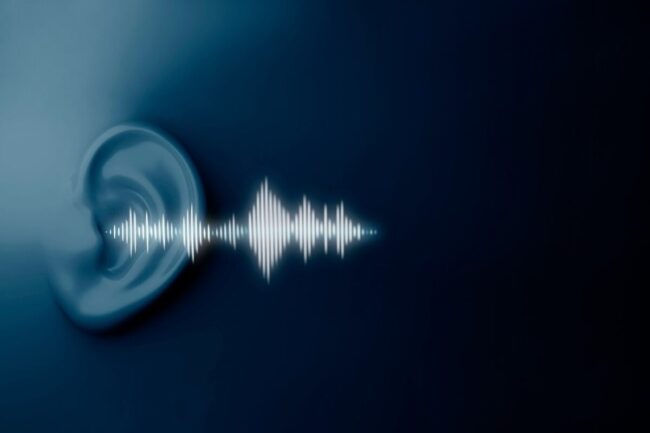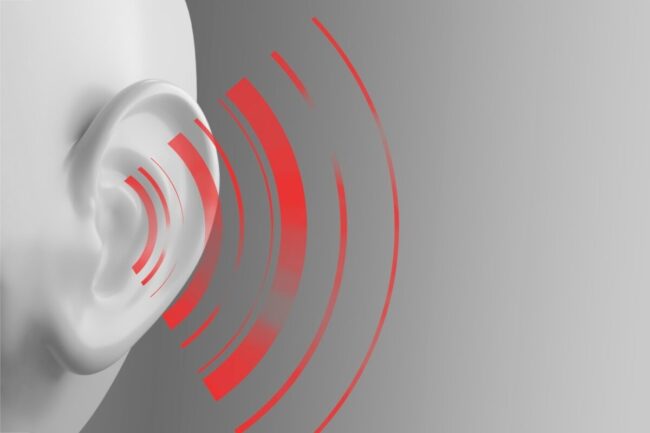Ever heard a horn blast that makes your heart skip a beat? Whether on the road or at a crossing, the sound is designed to grab attention and keep everyone safe.
Horns on large vehicles like trucks aren’t just loud for the fun of it—they’re built for utility, safety, and, for some, a bit of flair.
Let’s dive into the science, regulations, and choices when it comes to these powerful sound devices.
Key Points
- Loud sounds ensure safety on the road.
- Typical sound levels range between 100–150 dB.
- Specialized options like train horns go beyond practical loudness.
- Choosing the right model depends on safety and style considerations.
What Determines Horn Loudness?
Horns are engineered to make noise that cuts through distractions. Regular car horns typically produce 100–110 decibels, which is enough for a mild alert. However, larger vehicles require more volume to ensure their presence is known. Why? Their sheer size and slower maneuverability demand extra attention in tight or chaotic traffic scenarios.
Take the DeWalt Train Horn, for example. Designed for extreme sound, it goes beyond just being loud—it’s engineered to create a distinctive and commanding sound. Models like this are particularly effective for those who want to combine safety with a bit of fun.
It’s part of the Extreme Series offered by Boss Horn and delivers:
- Top Sound Quality: Engineered for maximum impact.
- Remote Convenience: Activate it from up to 2000 feet away.
- Durability: Built to last, even under rugged conditions.
For anyone serious about upgrading their vehicle’s sound system, this model is hard to beat.
Understanding Decibels and Their Real-World Impact

Sound is measured in decibels, and understanding the scale is key to appreciating the volume of horns. The decibel scale is logarithmic, meaning each 10 dB increase doubles the sound’s perceived loudness.
Here’s a simple breakdown of what different levels feel like:
- 100 dB: Comparable to a power drill or loud car stereo.
- 120 dB: Like a live concert or ambulance siren—loud enough to cause discomfort.
- 150 dB: Similar to standing near a jet engine or a gunshot at close range.
Truck horns typically range between 100–150 dB. While it might seem excessive, the volume is necessary to ensure that other road users are alerted to their presence, especially in noisy or low-visibility conditions.
Safety First: Why Loudness Is Essential on the Road
Loud horns serve a critical safety function, especially for large vehicles. Their size and slower braking systems make quick alerts vital. Imagine a cyclist or pedestrian unaware of an approaching vehicle—the ability to blast a sound that cuts through distractions could prevent an accident.
Loudness is particularly important in situations involving:
- Busy Roads: Where ambient noise is already high.
- Weather Conditions: Like fog or rain, which reduce visibility.
- High-Speed Zones: Quick reactions matter when vehicles move at higher speeds.
For commercial drivers, investing in high-quality horns ensures not only compliance with regulations but also peace of mind when navigating complex traffic scenarios.
Train Horns: The Loudest Option for Serious Drivers
When it comes to sound dominance, train horns take the lead. Originally designed for locomotives, they are built to be heard from miles away.
Key Benefits of Train Horns:
- Unmatched Volume: Train horns often exceed 140 dB, making them the loudest option.
- Long-Range Reach: Their sound travels far, cutting through urban and rural noise alike.
- Ease of Use: High-quality options like the DeWalt model require no complicated setup.
Whether you’re looking for safety, functionality, or just a touch of fun, train horns deliver it all in one powerful package.
How Regulations Shape Horn Loudness
While louder horns can be fun and functional, they aren’t without limits. Many countries have laws capping the allowable sound level for vehicles, typically at 120 dB. Going beyond this can result in fines or other penalties.
For train horn enthusiasts, it’s important to use these devices responsibly. Overusing them in residential areas or at inappropriate times can not only disturb the peace but also lead to complaints or regulatory action.
Hearing Safety: Why Volume Control Matters

Sounds exceeding 85 dB can harm hearing, especially with prolonged exposure. Since horns often reach levels far beyond this, it’s essential to protect your ears.
Simple Tips for Hearing Safety
- Wear Ear Protection: During installation or testing, protect your ears with plugs or noise-canceling earmuffs.
- Limit Exposure: Avoid blasting horns at close range unnecessarily.
- Follow Instructions: Adhere to manufacturer guidelines to prevent overuse or misuse.
Factors to Consider When Choosing the Right Horn
Selecting the ideal sound system isn’t just about loudness—it’s about meeting your specific needs. Here are some considerations:
- Purpose: Are you buying it for safety, flair, or both?
- Ease of Installation: Some models, are designed for quick and hassle-free setup.
- Durability: Ensure the materials can withstand harsh weather and long-term use.
- Aesthetic Appeal: Modern designs combine functionality with sleek looks.
Common Misconceptions About Horn Volume
Many people think louder is always better, but there’s a balance to strike between practicality and compliance. For example:
- Louder Doesn’t Always Mean Safer: A well-timed alert is more effective than constant noise.
- Not All Horns Are the Same: Train horns might be fun, but they aren’t necessary for every vehicle.
By understanding the purpose and limitations of different sound systems, you can make an informed choice that works for your needs.
The Role of Acoustics in Horn Effectiveness

The effectiveness of a horn isn’t just about its volume; acoustics play a major role in how sound travels and is perceived. Factors like frequency, direction, and environment impact how well the sound reaches its intended target.
- Frequency Range: Higher frequencies tend to fade faster over long distances, while lower frequencies travel farther. This is why train horns often have a deep, resonant tone—they’re designed to cut through noise and reach distant areas.
- Directional Sound: Some horns are engineered to project sound forward, ensuring that the alert reaches where it’s most needed—typically in the path of the vehicle.
- Environmental Impact: Open highways allow sound to travel farther, while urban settings with buildings and traffic absorb and deflect noise.
Understanding these principles helps explain why horns are built the way they are. It’s not just about being loud—it’s about being heard clearly, even in challenging conditions.
Maintaining Your Horn: Ensuring Long-Term Performance
A horn that fails to perform at a critical moment isn’t just inconvenient—it’s dangerous. Proper maintenance ensures consistent performance and extends the life of the device.
Essential Maintenance Tips
- Regular Testing: Periodically test your horn to ensure it’s functioning correctly. If the sound weakens or cuts out, it might need cleaning or repairs.
- Keep It Clean: Dirt, debris, and moisture can impact performance. Use a soft cloth and mild cleaning solution to keep the horn clear of buildup.
- Inspect Wiring: For electric models, check the wiring for corrosion or loose connections that could affect functionality.
- Follow Manufacturer Guidelines: Always refer to the user manual for specific care instructions, especially for specialized models.
With a little care and attention, you can keep your horn sounding as powerful as the day you installed it. Proper maintenance not only ensures reliability but also protects your investment in a high-quality sound system.
Conclusion
Horns are more than just loud noises—they’re lifesaving tools designed to alert, warn, and even entertain in the case of train horns. Whether you’re looking for safety, functionality, or just a unique edge on the road, there’s a sound system for every need.
Choosing the right model, ensures you’re heard in all the right ways. Explore your options, stay within regulations, and always prioritize safety for yourself and others on the road.
